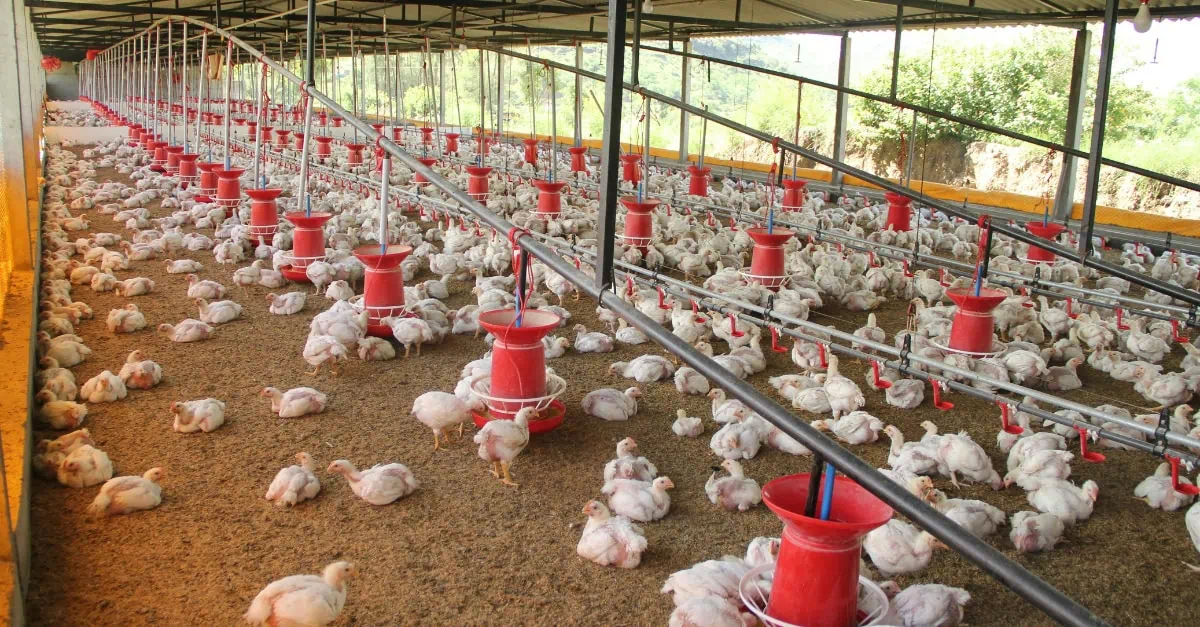Highly pathogenic avian influenza outbreaks have returned to Northern Europe, signaling the start of the traditional winter risk period as shell egg prices follow their typical seasonal upward trajectory.
HPAI outbreaks continue with the wild bird migration still ongoing. The Netherlands is culling 71,000 chickens in its first outbreak since March, while Denmark prepares to cull 150,000 birds following H5N1 detection in Jutland.
Varying risk assessments across member states
Dutch authorities have not yet imposed nationwide indoor housing requirements, suggesting they view the current risk as manageable, though an expert panel will assess the situation shortly. Denmark’s planned December mandate for indoor housing of all poultry indicates varying risk assessments across member states, creating uncertainty about potential supply impacts as the winter disease season approaches.
Market context
Shell egg prices remain elevated compared to previous years and have now fallen into typical seasonal upward patterns. The disease’s return after months of absence signals the start of the traditional winter risk period when viral transmission typically accelerates.
Procurement considerations
Any significant spread would likely trigger coordinated indoor housing requirements across the region, immediately tightening supply and amplifying the existing price elevation. The European egg market appears set for continued price firmness through Q4 2025 and into 2026, driven by seasonal demand patterns and the emerging HPAI threat in Northern Europe.
While current outbreaks remain localized, procurement managers should monitor disease developments closely as the combination of seasonal demand patterns and HPAI risk creates conditions for potential supply tightening through the winter period.
For comprehensive analysis of global egg market dynamics, including Ukrainian import developments and US market trends, read the full market report on the Vesper platform: https://app.vespertool.com/market-analysis/2364
